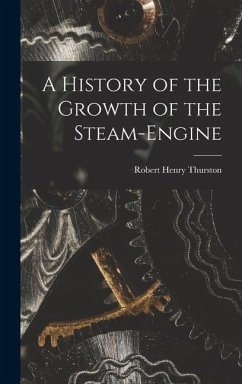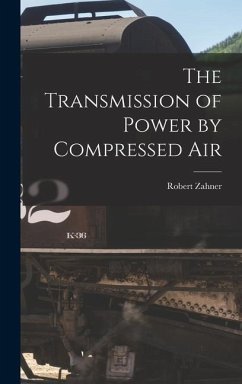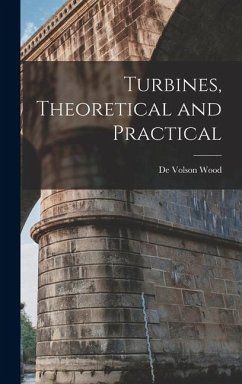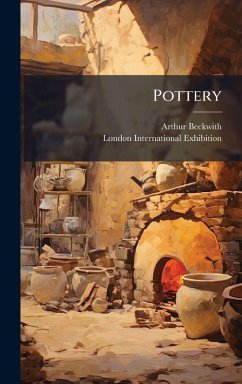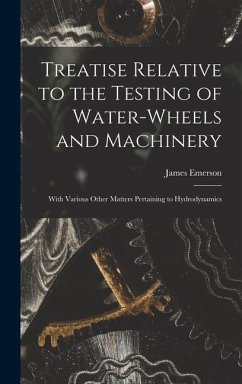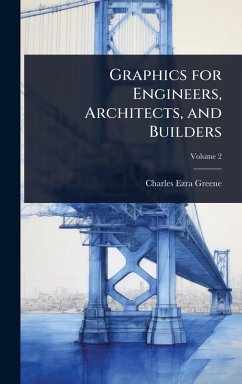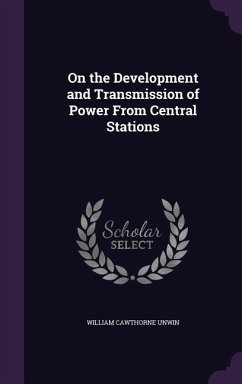
Plain Directions for the Construction and Erection of Lightning-rods
Versandkostenfrei!
Versandfertig in über 4 Wochen
25,99 €
inkl. MwSt.
Weitere Ausgaben:

PAYBACK Punkte
13 °P sammeln!
"Plain Directions for the Construction and Erection of Lightning-rods" offers a comprehensive guide to understanding and implementing lightning protection systems. Written by John Phin, this treatise presents clear, practical instructions for building and installing lightning rods, emphasizing safety and effectiveness. Originally published in 1879, the book provides detailed insights into the principles of electromagnetism and atmospheric science relevant to lightning protection. It covers topics such as selecting appropriate materials, proper grounding techniques, and optimal placement of rod...
"Plain Directions for the Construction and Erection of Lightning-rods" offers a comprehensive guide to understanding and implementing lightning protection systems. Written by John Phin, this treatise presents clear, practical instructions for building and installing lightning rods, emphasizing safety and effectiveness. Originally published in 1879, the book provides detailed insights into the principles of electromagnetism and atmospheric science relevant to lightning protection. It covers topics such as selecting appropriate materials, proper grounding techniques, and optimal placement of rods to safeguard buildings and structures. This historical text remains valuable for those interested in the evolution of electrical safety measures and the science behind lightning protection. This work has been selected by scholars as being culturally important, and is part of the knowledge base of civilization as we know it. This work was reproduced from the original artifact, and remains as true to the original work as possible. Therefore, you will see the original copyright references, library stamps (as most of these works have been housed in our most important libraries around the world), and other notations in the work. This work is in the public domain in the United States of America, and possibly other nations. Within the United States, you may freely copy and distribute this work, as no entity (individual or corporate) has a copyright on the body of the work. As a reproduction of a historical artifact, this work may contain missing or blurred pages, poor pictures, errant marks, etc. Scholars believe, and we concur, that this work is important enough to be preserved, reproduced, and made generally available to the public. We appreciate your support of the preservation process, and thank you for being an important part of keeping this knowledge alive and relevant.



